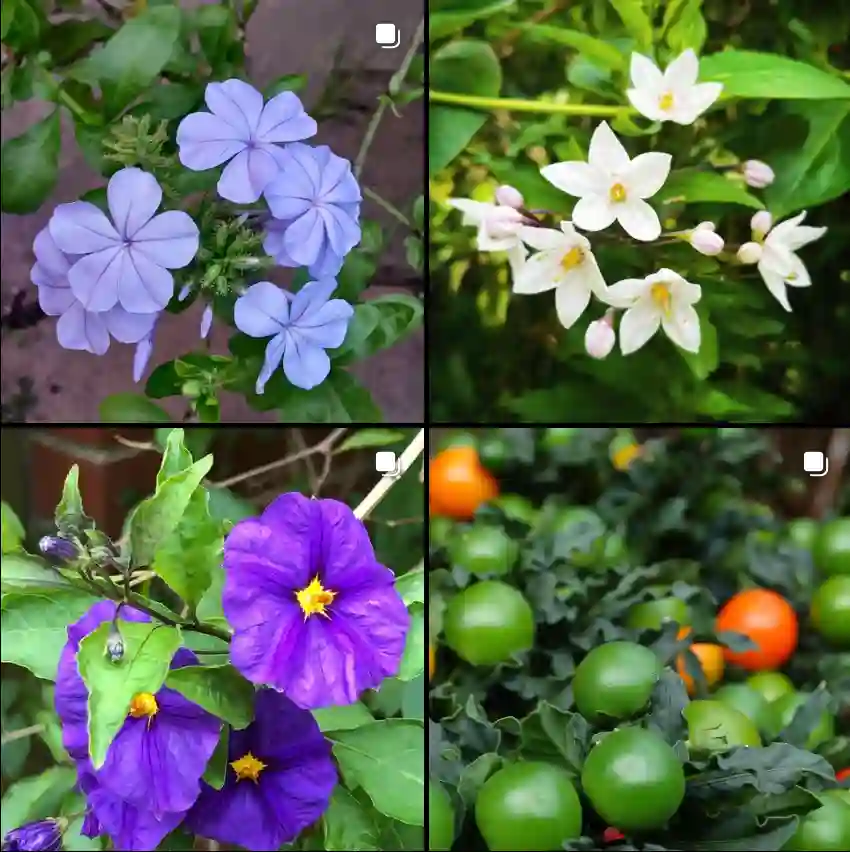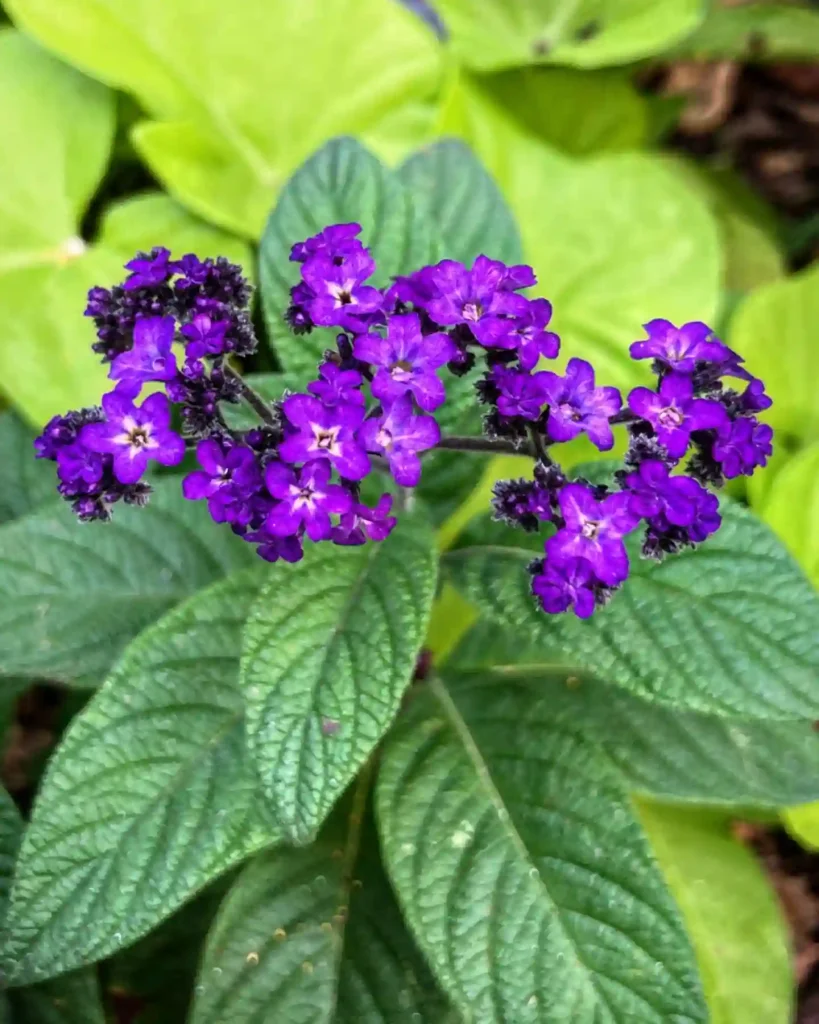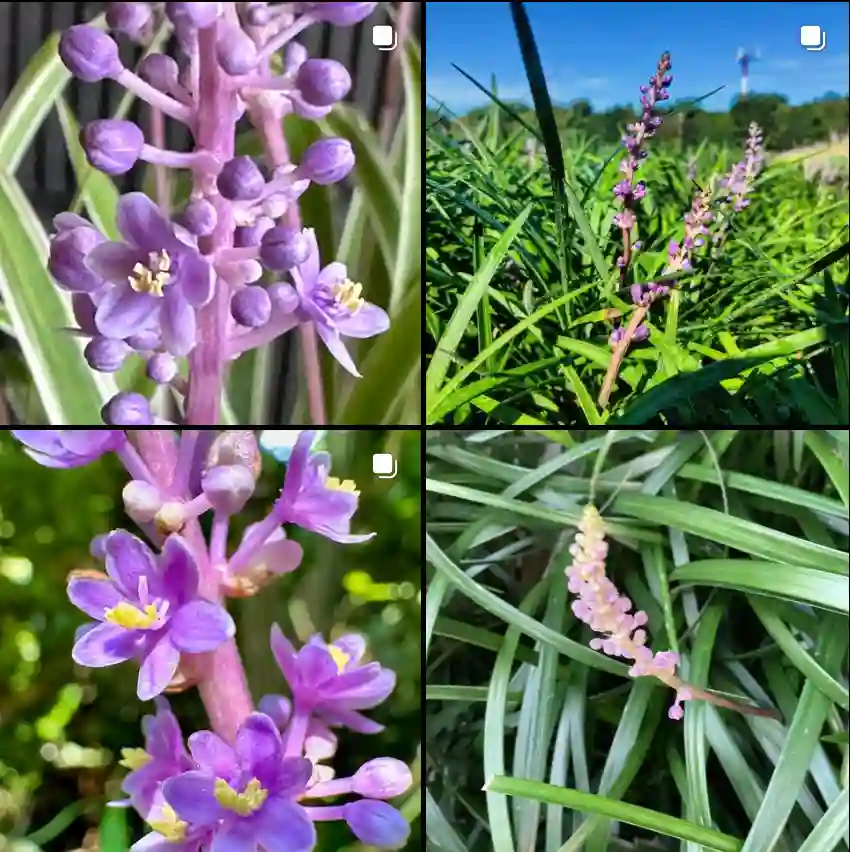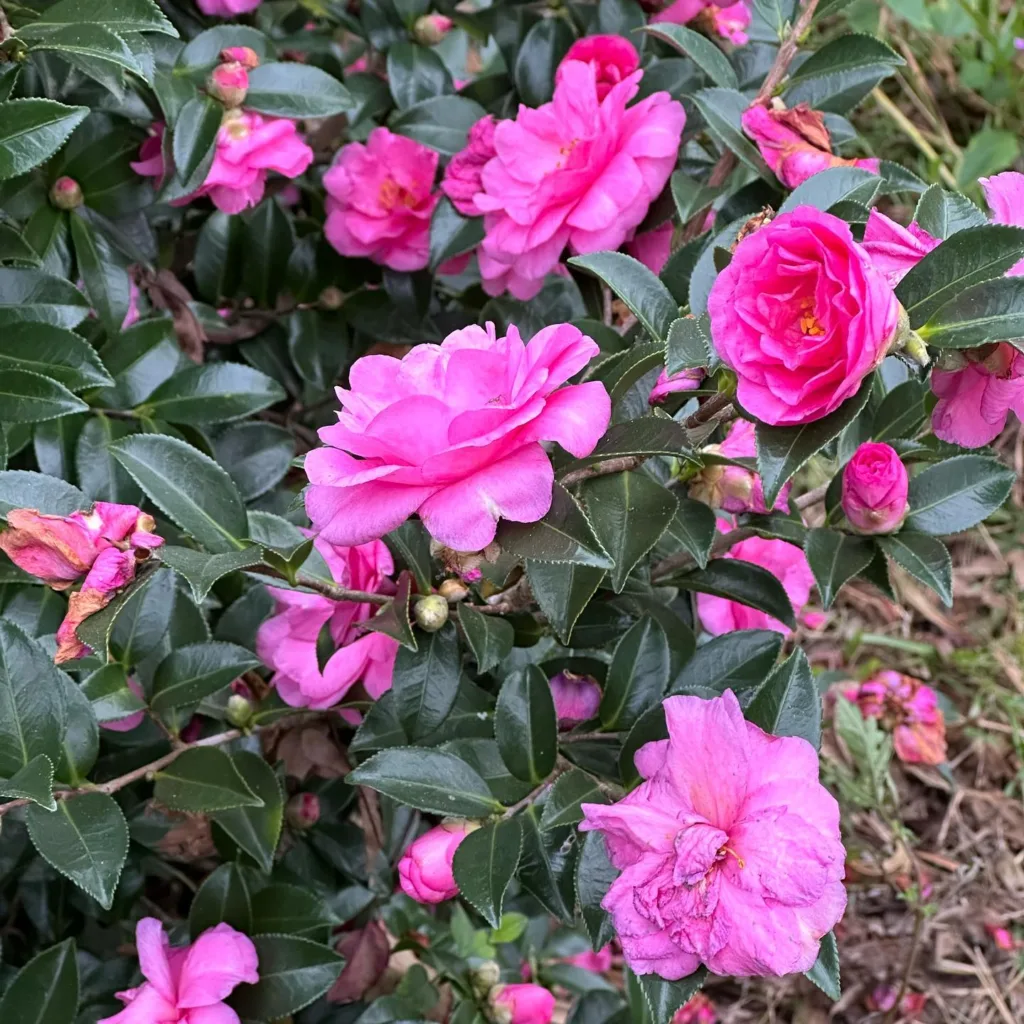A Foray into the Onagraceae Family: A Botanical Journey
The Onagraceae, or the Evening Primrose family, has always held a peculiar allure for me. The delicate beauty of its flowers, often unfurling their petals in the twilight, and the intricate structure of their seed pods, make them a fascinating subject of study. Let’s delve deeper into this captivating family of plants.
The Onagraceae Family: An Overview
Onagraceae is a diverse family encompassing around 650 species spread across 22 genera. The family’s name is derived from the Greek words “onos” (donkey) and “agra” (hunt), possibly referring to the use of some species as fodder for donkeys. Members of this family exhibit a wide array of growth habits, ranging from annual and perennial herbs to shrubs and even trees. They are predominantly found in temperate regions of the Americas, but they also have a significant presence in other parts of the world.
A Symphony of Genera
The Onagraceae family comprises a rich tapestry of genera, each with its unique characteristics and charm.
- Oenothera (Evening Primroses): Arguably the most well-known genus, Oenothera species are renowned for their showy, often yellow, flowers that bloom in the evening. They are a valuable source of food and shelter for pollinators, particularly moths. – 165 Species in Genus Oenothera
- Epilobium (Willowherbs): This genus is characterized by its tall, slender stems and its profusion of pink or purple flowers. Willowherbs are commonly found in damp meadows and along stream banks. – 265 Species in Genus Epilobium
- Fuchsia: A favorite among gardeners, Fuchsia species are admired for their pendulous, bell-shaped flowers, which come in a dazzling array of colors. – 110 Species in Genus Fuchsia
- Clarkia: Native to western North America, Clarkia species are known for their vibrant, cup-shaped flowers that attract a variety of pollinators. – 42 Species in Genus Clarkia
- Camissonia: A genus of flowering plants native to the Americas, recognized for their yellow, white, or pink flowers, often blooming in the evening.
- Camissoniopsis: A genus of flowering plants found in western North America, characterized by their small, white or yellow flowers and often hairy stems.
- Chylismia: A genus of flowering plants native to western North America, known for their yellow or white flowers and often sticky foliage.
- Chylismiella: A small genus of flowering plants endemic to California, with small, yellow flowers and often reddish stems.
- Circaea: A genus of flowering plants commonly known as enchanter’s nightshade, found in temperate regions of the Northern Hemisphere, with small, white or pink flowers and hooked fruits.
- Eremothera: A genus of flowering plants commonly known as evening primroses, widespread across the Americas, with showy, yellow, pink, or white flowers that often open in the evening.
- Eulobus: A genus of shrubs or subshrubs native to western North America, characterized by their small, white or pink flowers and often peeling bark.
- Gayophytum: A genus of slender annual herbs native to western North America, with small, white or pink flowers and often reddish stems.
- Gongylocarpus: A genus of shrubs or small trees native to South America, with showy, white or pink flowers and often winged fruits.
- Hauya: A genus of shrubs or small trees native to Mexico and Central America, with large, white or pink flowers and often spiny stems.
- Hemifuchsia: A genus of shrubs native to South America, with tubular, red or orange flowers, resembling those of Fuchsia.
- Lopezia: A genus of flowering plants native to Mexico and Central America, recognized for their unique, asymmetrical flowers and often reddish stems.
- Ludwigia: A genus of aquatic or semi-aquatic plants found worldwide, with yellow flowers and often alternate leaves. – 89 Species in Genus Ludwigia
- Megacorax: A monotypic genus represented by Megacorax gracielanus, a rare shrub endemic to Mexico, with large, white flowers.
- Neoholmgrenia: A small genus of annual herbs native to western North America, with small, white or pink flowers.
- Taraxia: A genus of flowering plants native to western North America, with yellow flowers and often basal leaves.
- Tetrapteron: A genus of shrubs or subshrubs native to western North America, with small, white or pink flowers and often four-winged fruits.
- Xylonagra: A genus of shrubs or subshrubs native to western North America, characterized by their small, white or pink flowers and often woody stems.
Onagraceae: Beyond Beauty
The Onagraceae family is not just about aesthetics; it also has a significant ecological and economic value. Many species within this family serve as crucial food sources for various insects, birds, and mammals. Their flowers provide nectar and pollen for pollinators, while their seeds are a source of sustenance for birds and small mammals.
Furthermore, some members of the Onagraceae family have medicinal properties. For instance, the oil extracted from evening primrose seeds is rich in gamma-linolenic acid (GLA), an omega-6 fatty acid that has been used to treat a range of conditions, including eczema, rheumatoid arthritis, and premenstrual syndrome (PMS).
Conclusion
The Onagraceae family, with its diverse array of genera and species, continues to fascinate and inspire. The delicate beauty of its flowers, its ecological significance, and its potential medicinal uses make it a subject worthy of further exploration and appreciation. As I continue my botanical journey, I eagerly anticipate uncovering more secrets hidden within the enchanting world of the Onagraceae.
If i die, water my plants!



